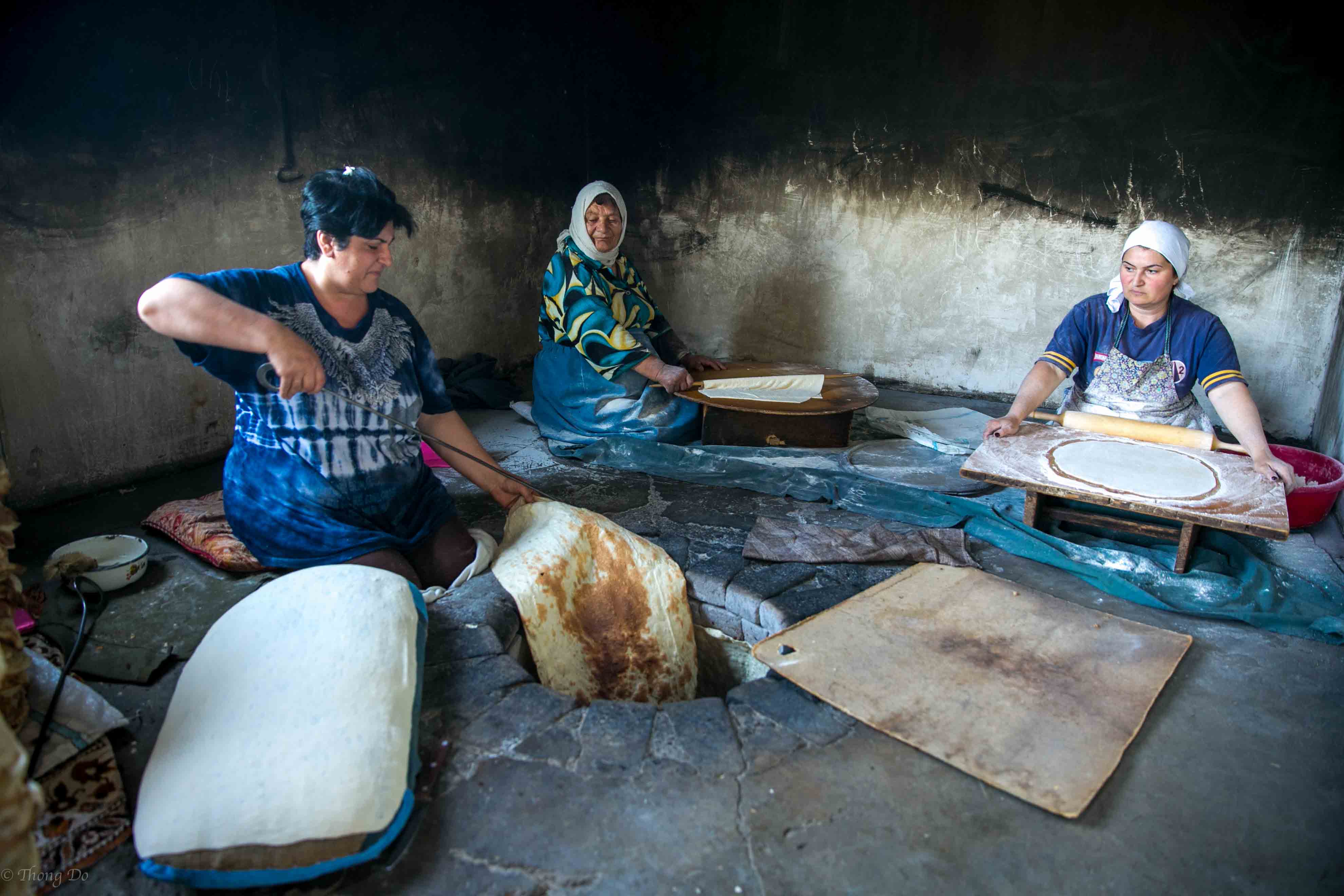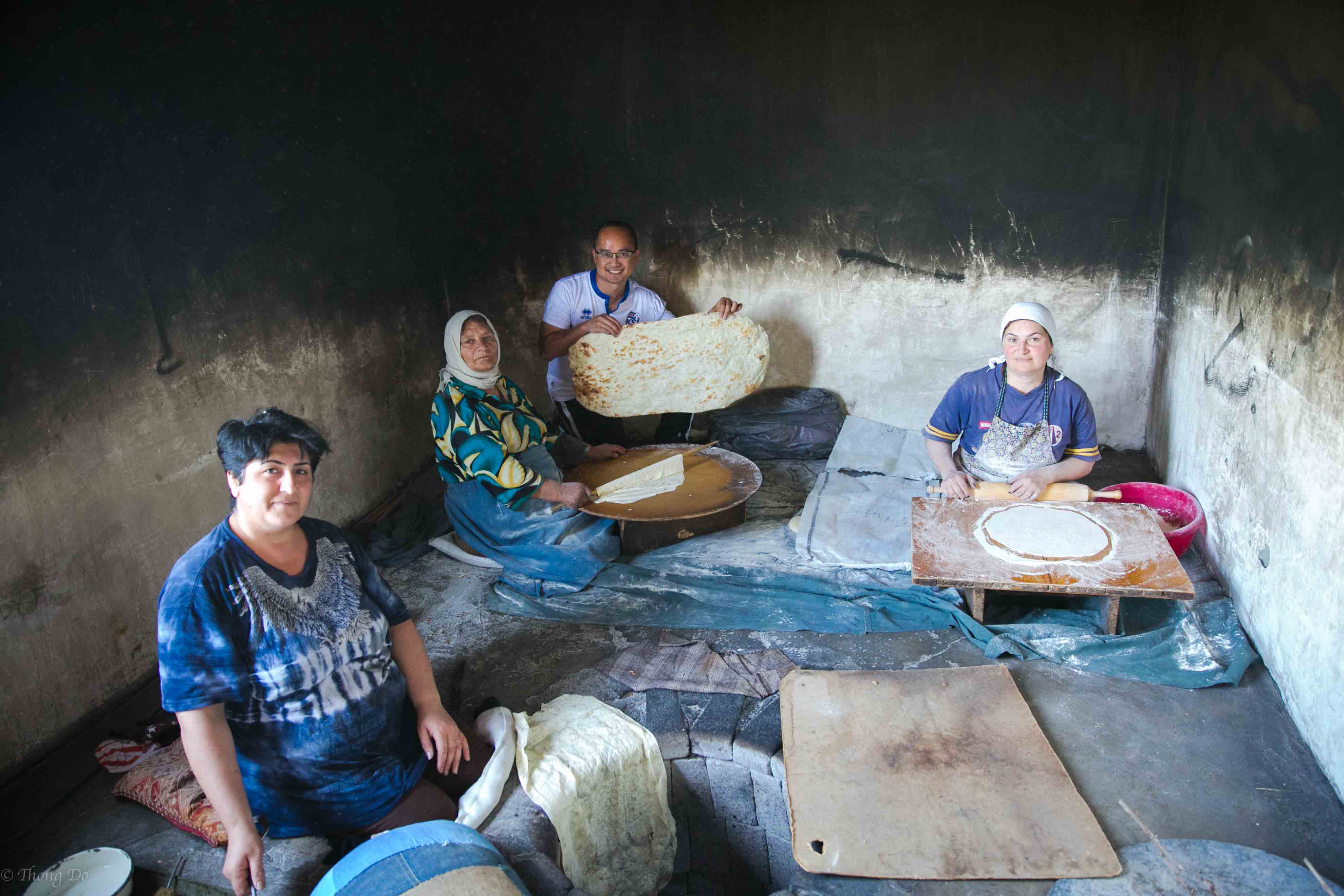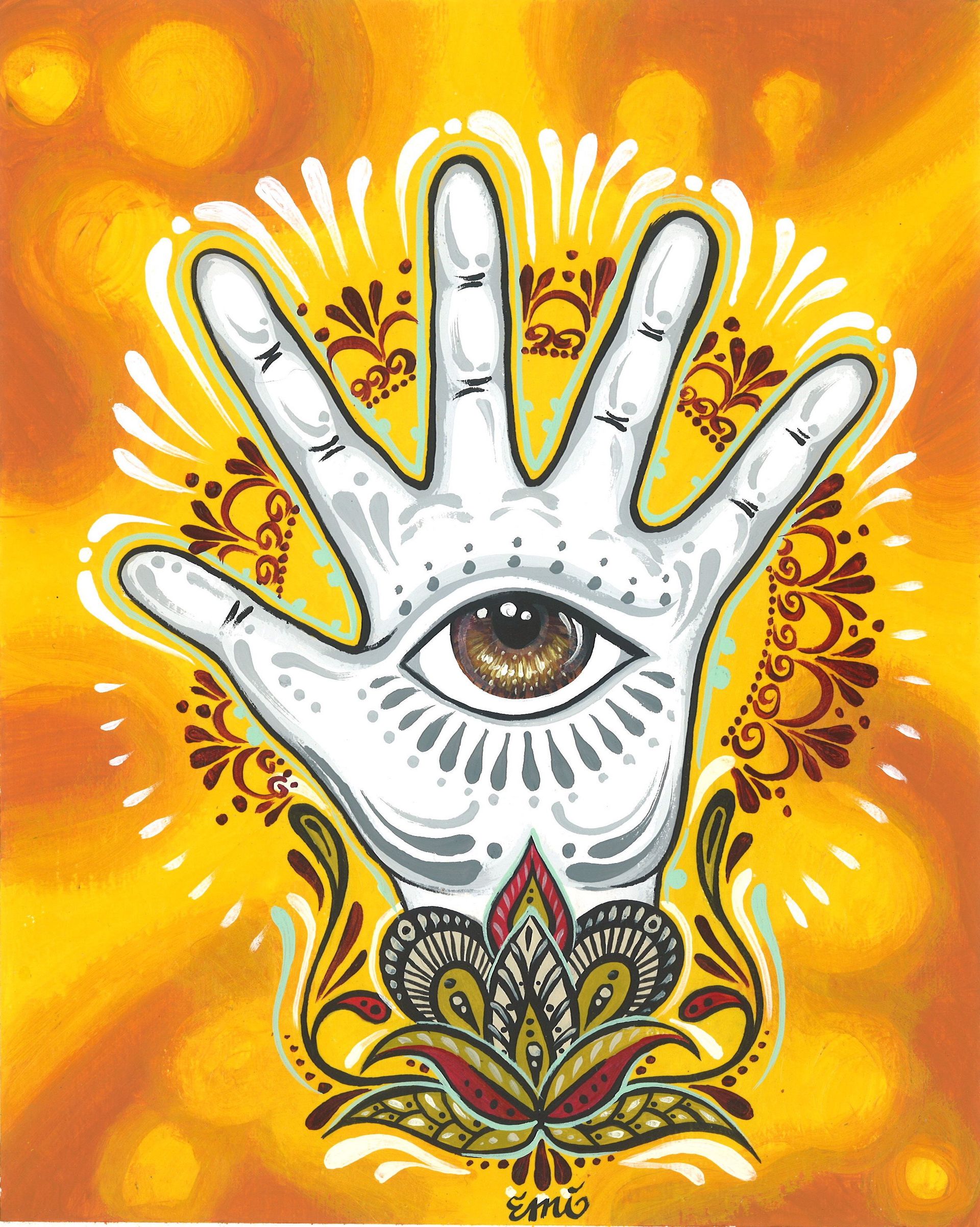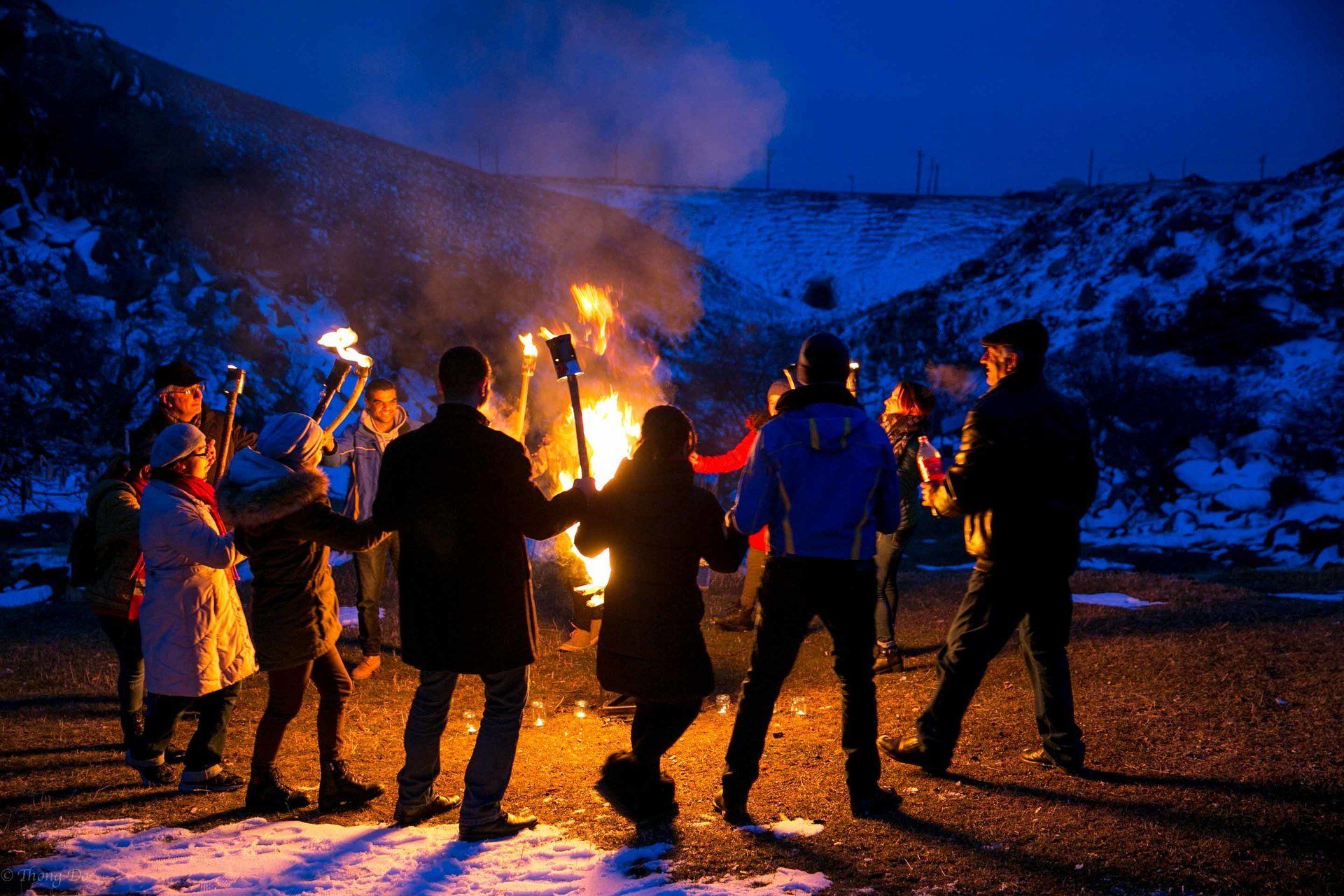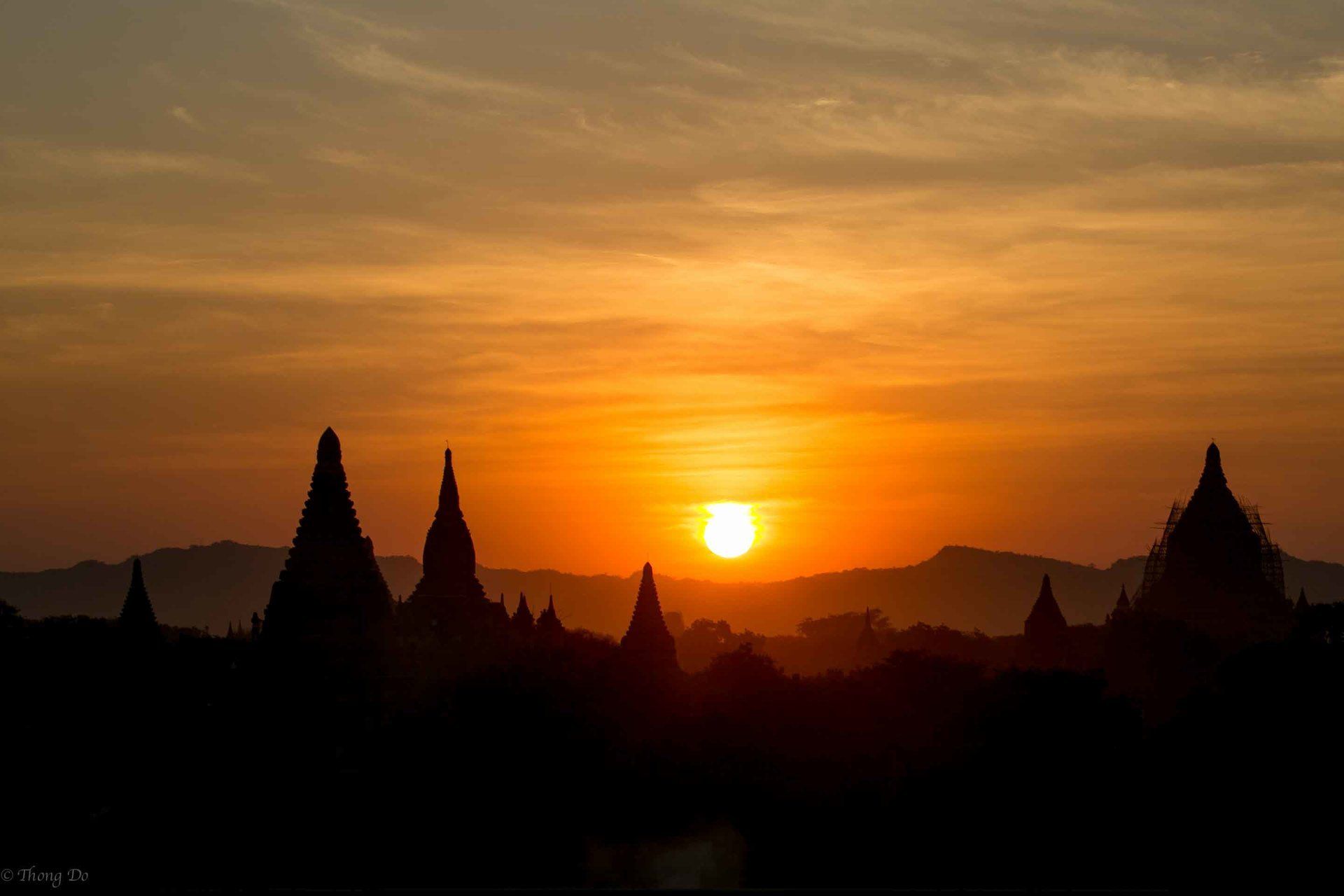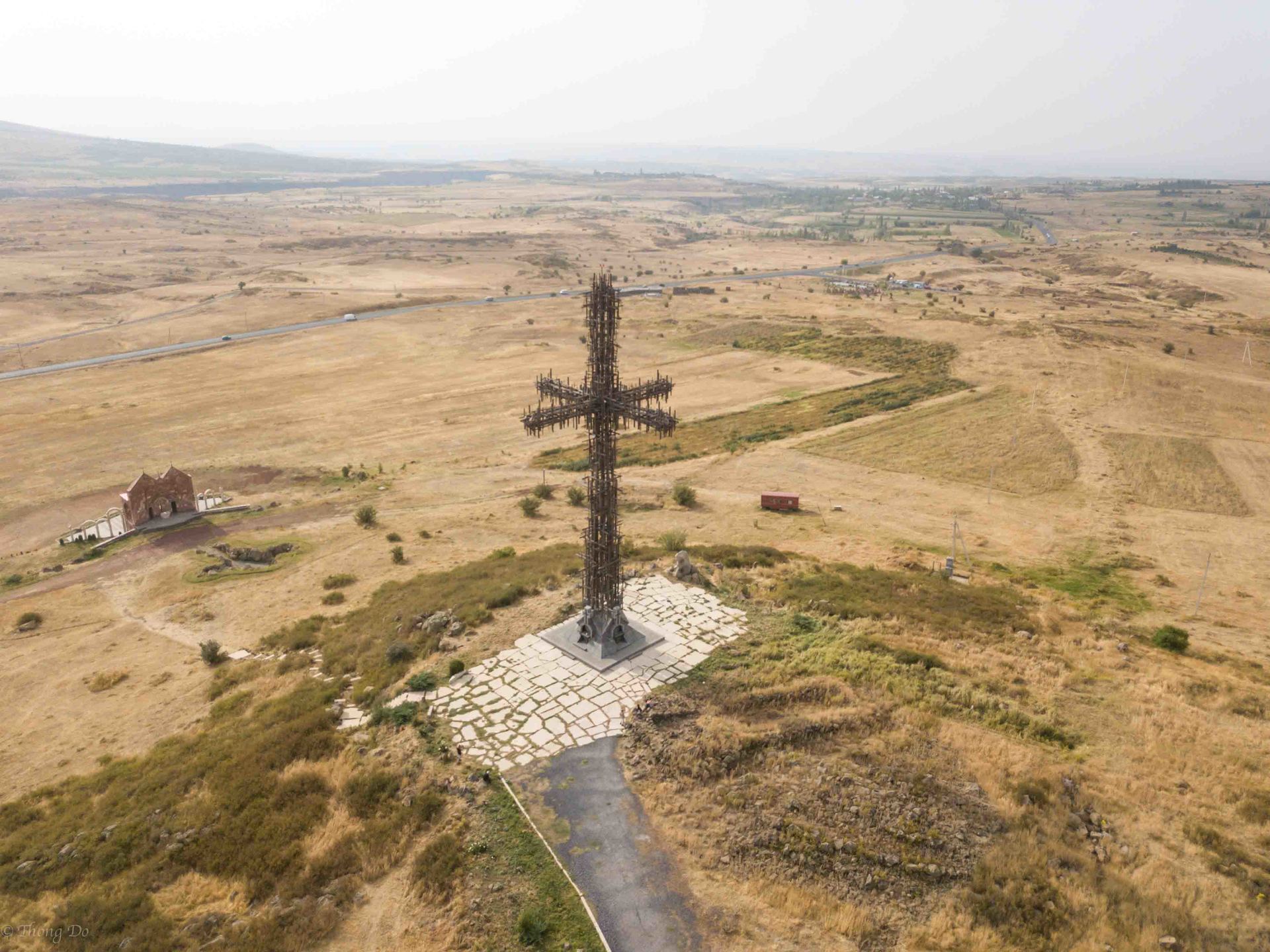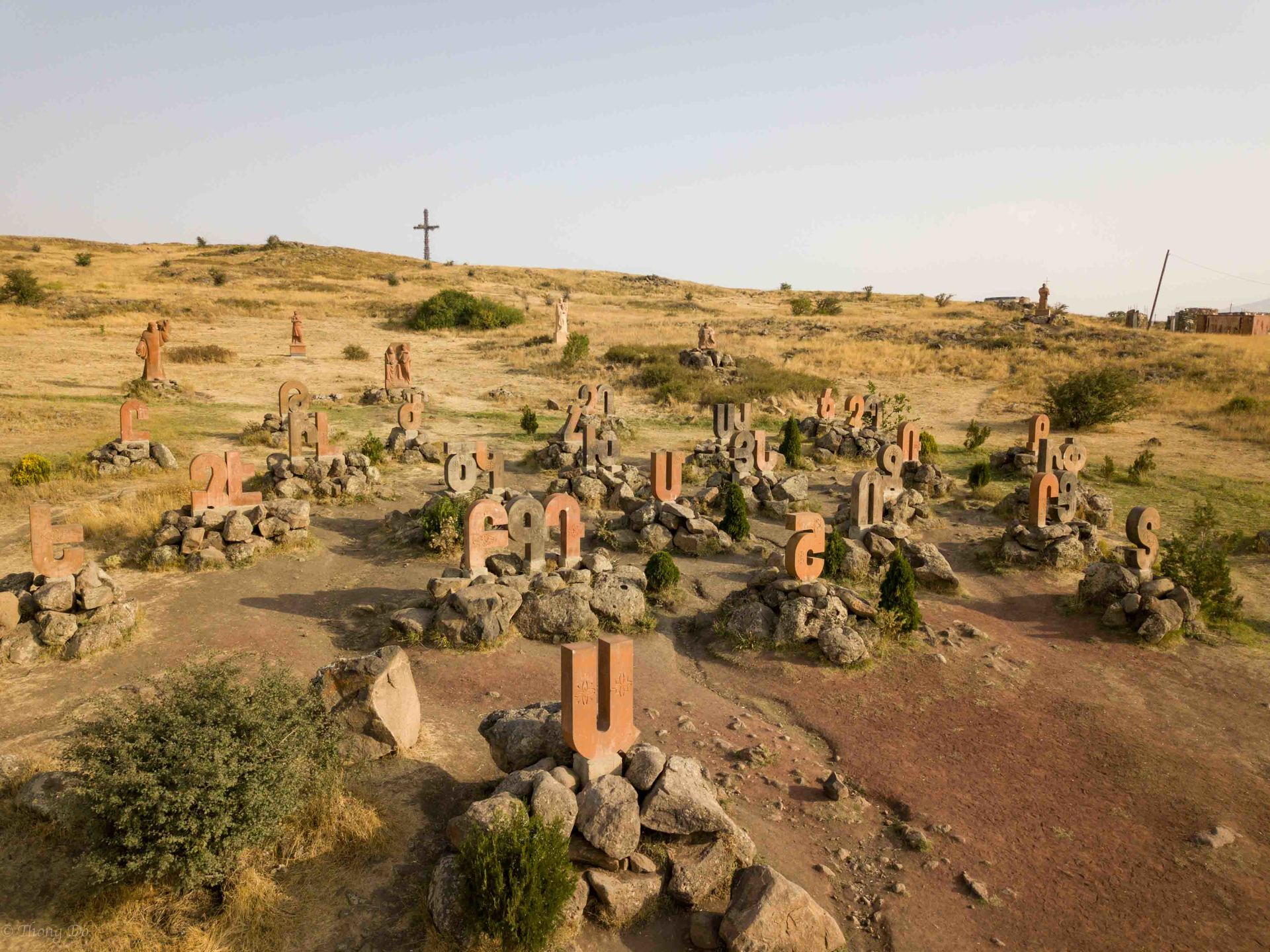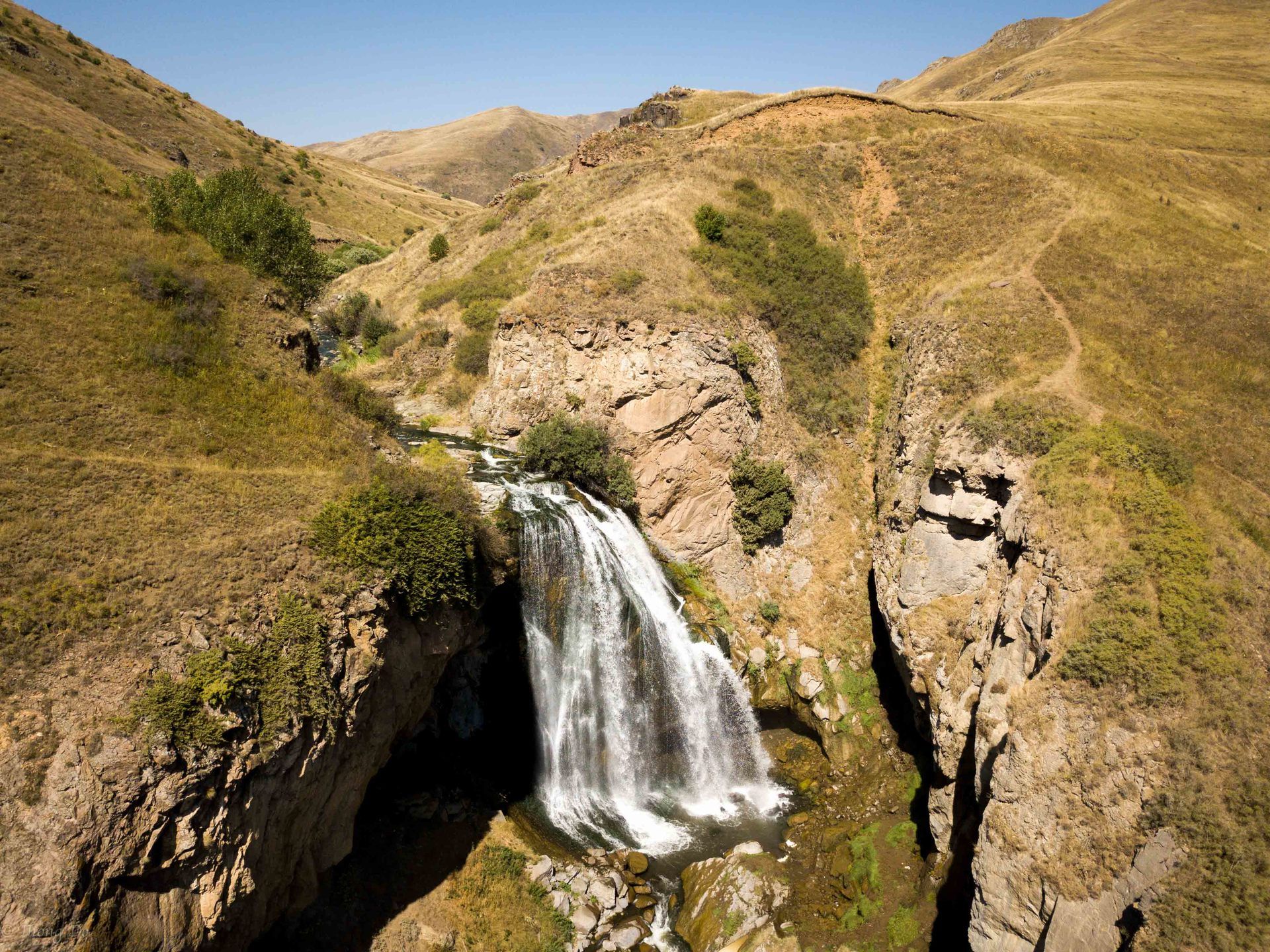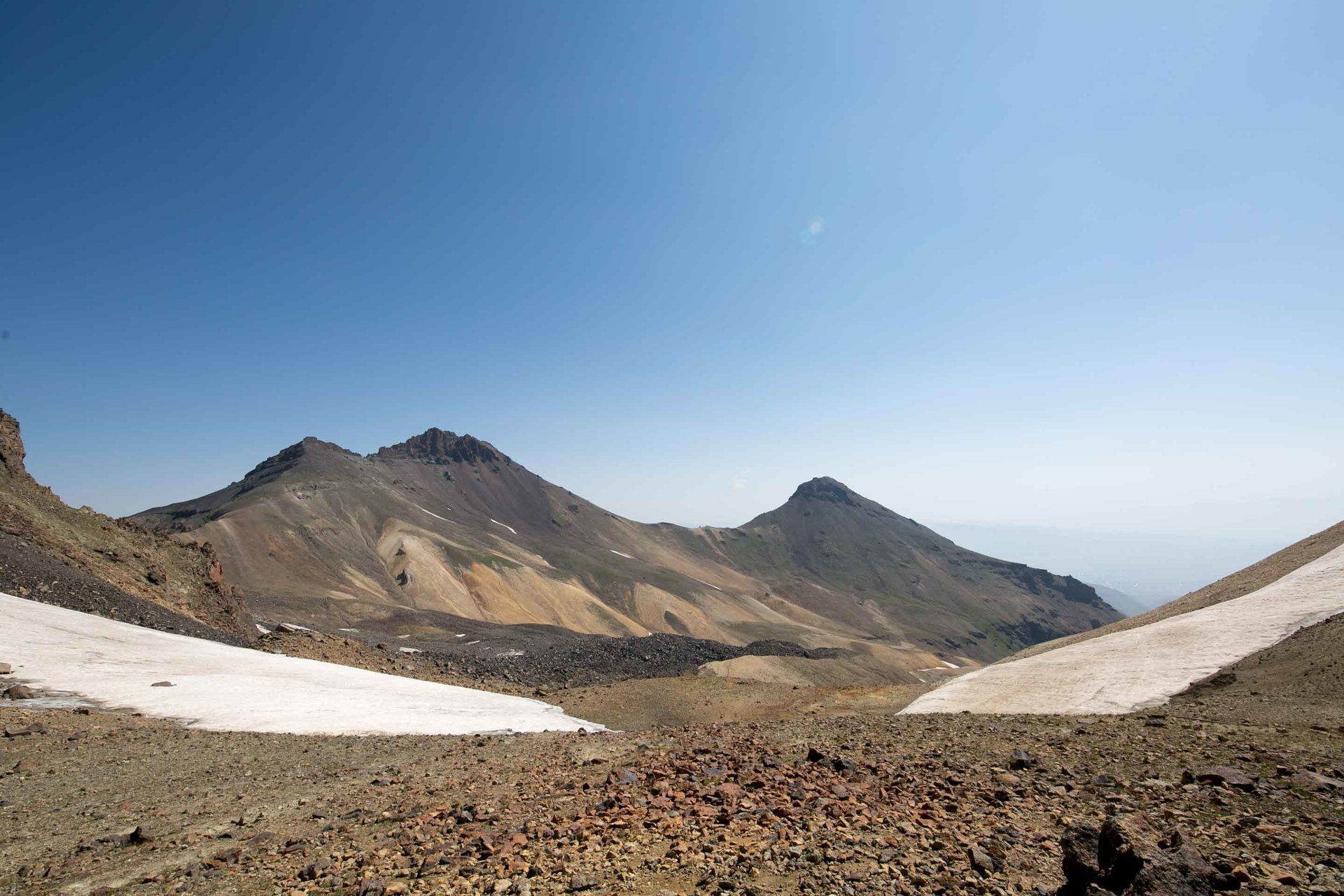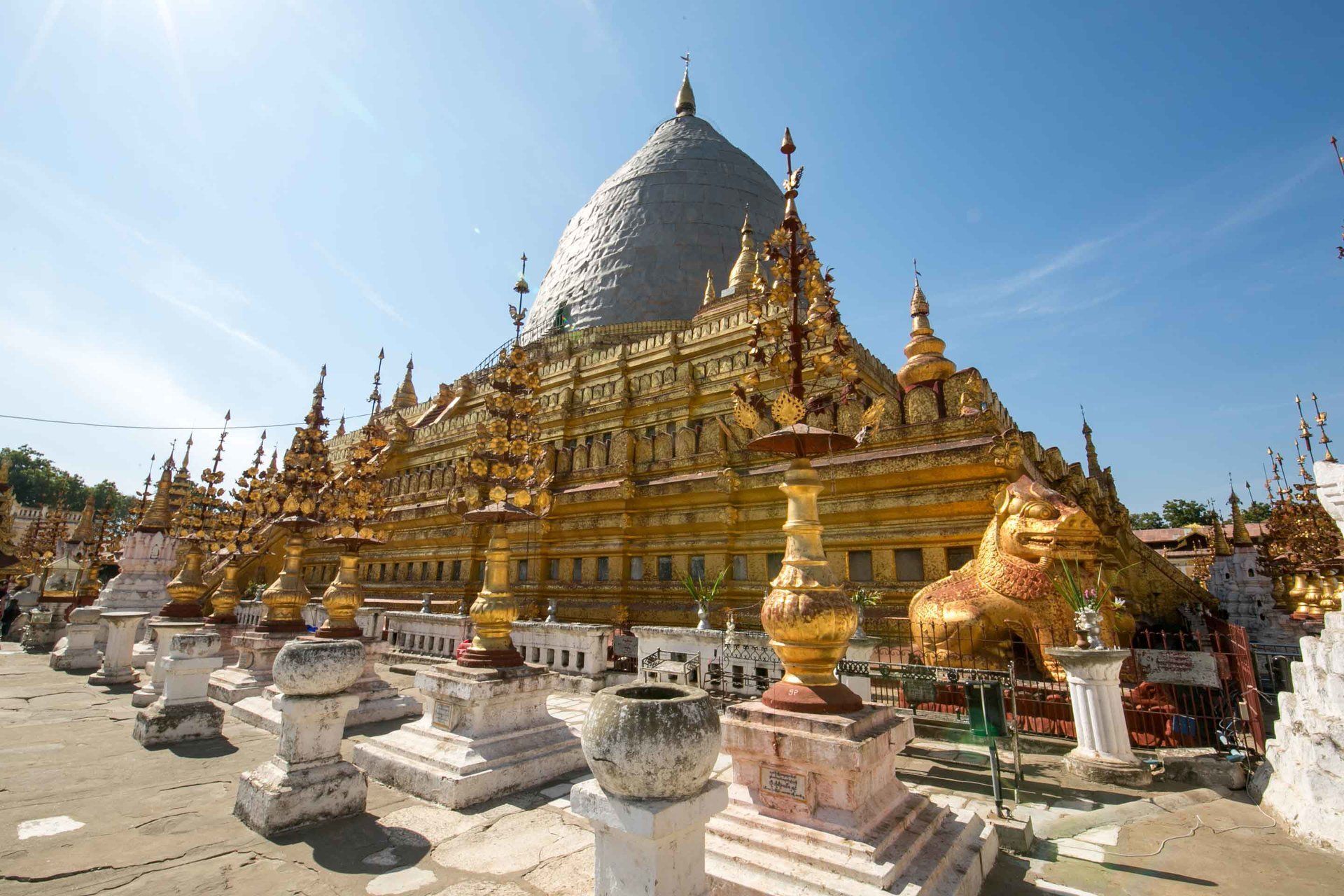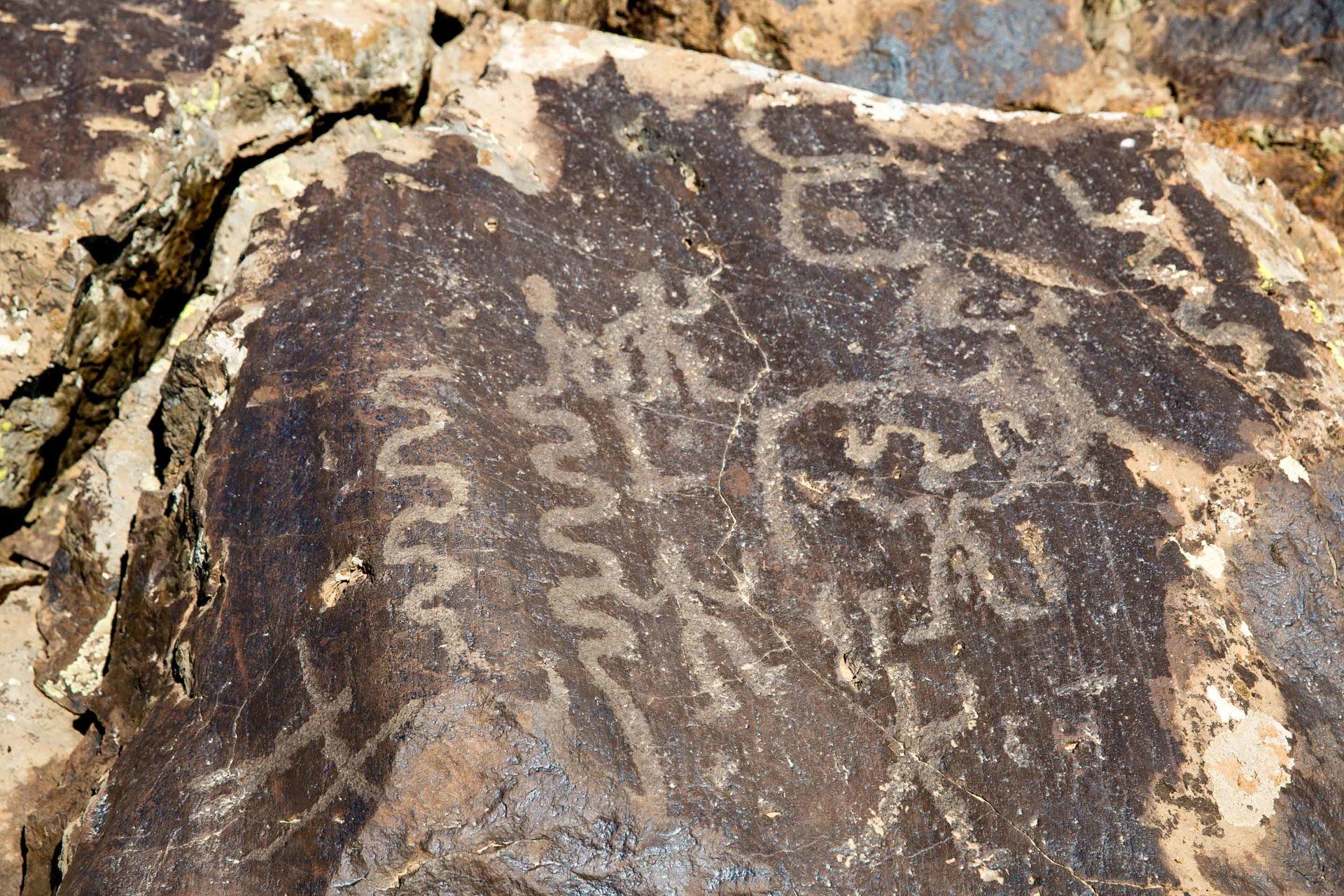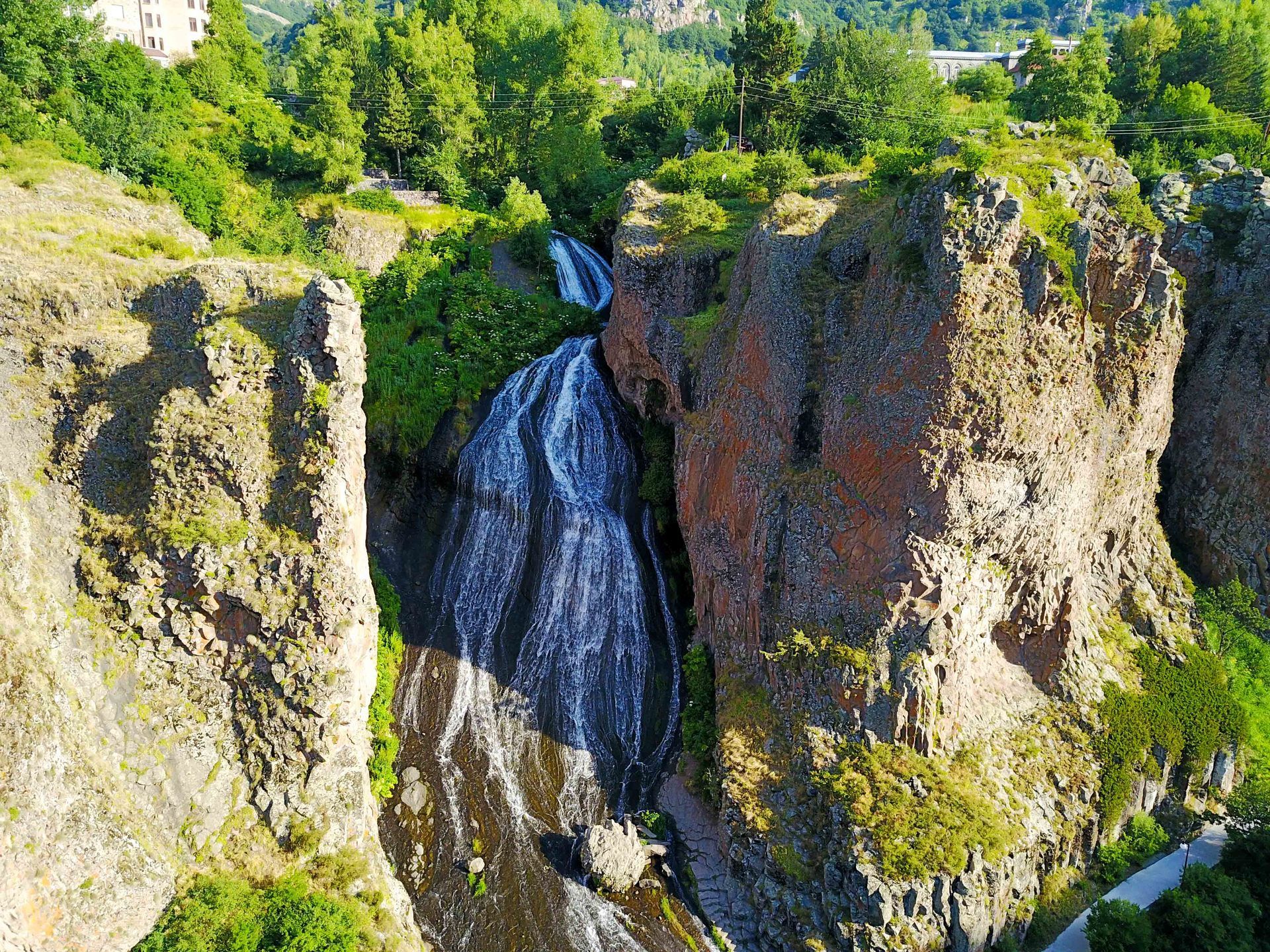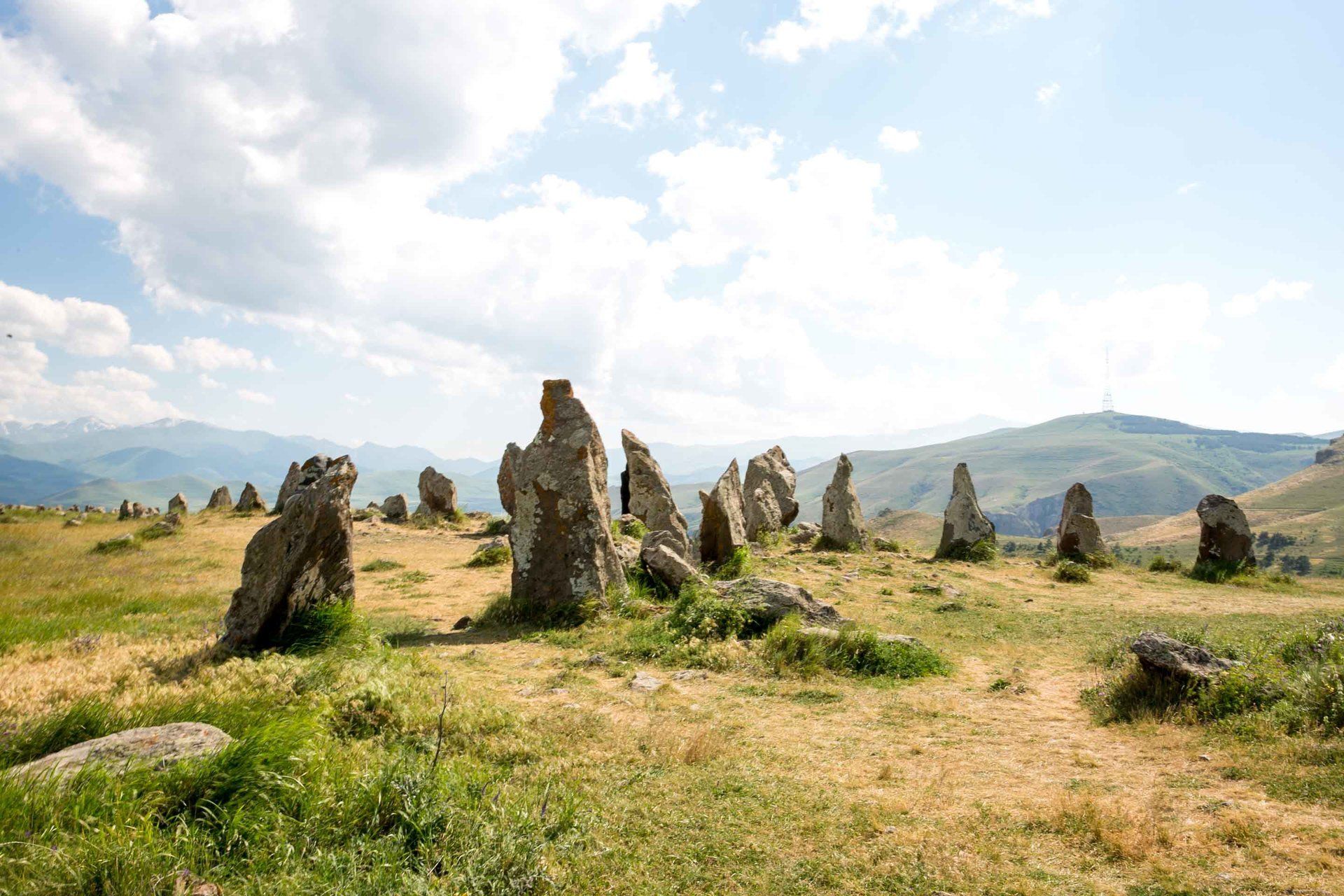Making Lavash: The Heart of Armenian Cuisine
- By Thong Do
- •
- 14 Jun, 2016
- •
Lavash is a soft and thin flatbread and is a part of every major meal in Armenia. It is also wildly popular in the Caucuses and the Middle East. The ingredients are simple and consisting of only flour, salt, and water. It’s then baked to a crisp and ready to serve or it can be stored for a very long time. It can then be moistened quickly and ready to serve once again. Most lavash is made in big bakeries with modern cooking technology but I managed to find a place in my village that still prepared lavash the old fashioned way: with a brick oven in the ground.
I’ve eaten flatbread before in Mediterranean and Middle Eastern restaurants before but never realized how important a staple it was until I started living in Armenia. I noticed that it was offered at every meal and there were various ways to eat it. Eat lavash by itself, wrap lavash around some cheese and vegetables, spread some homemade jam on it, bread wrapped in lavash, and my favorite was wrapping lavash around some khorovats (Armenian BBQ).
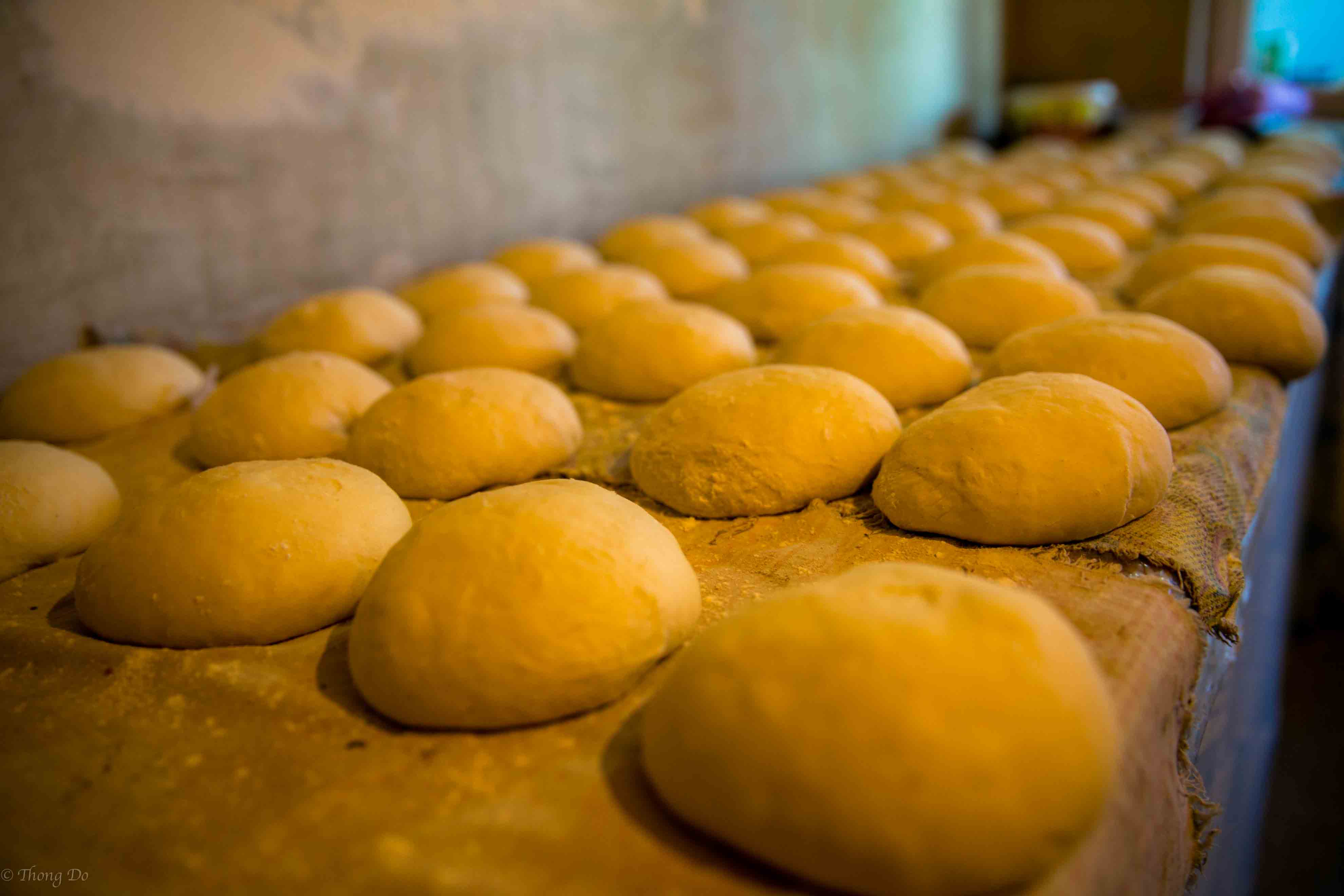
I had seen traditional lavash making on travel and food shows before and made every effort to find it once I knew I would be living in a small village in Armenia. For weeks I asked my Language Instructors for help finding a place in our village that did this. It wasn’t until the last week of living in my village did I manage to see it being made.

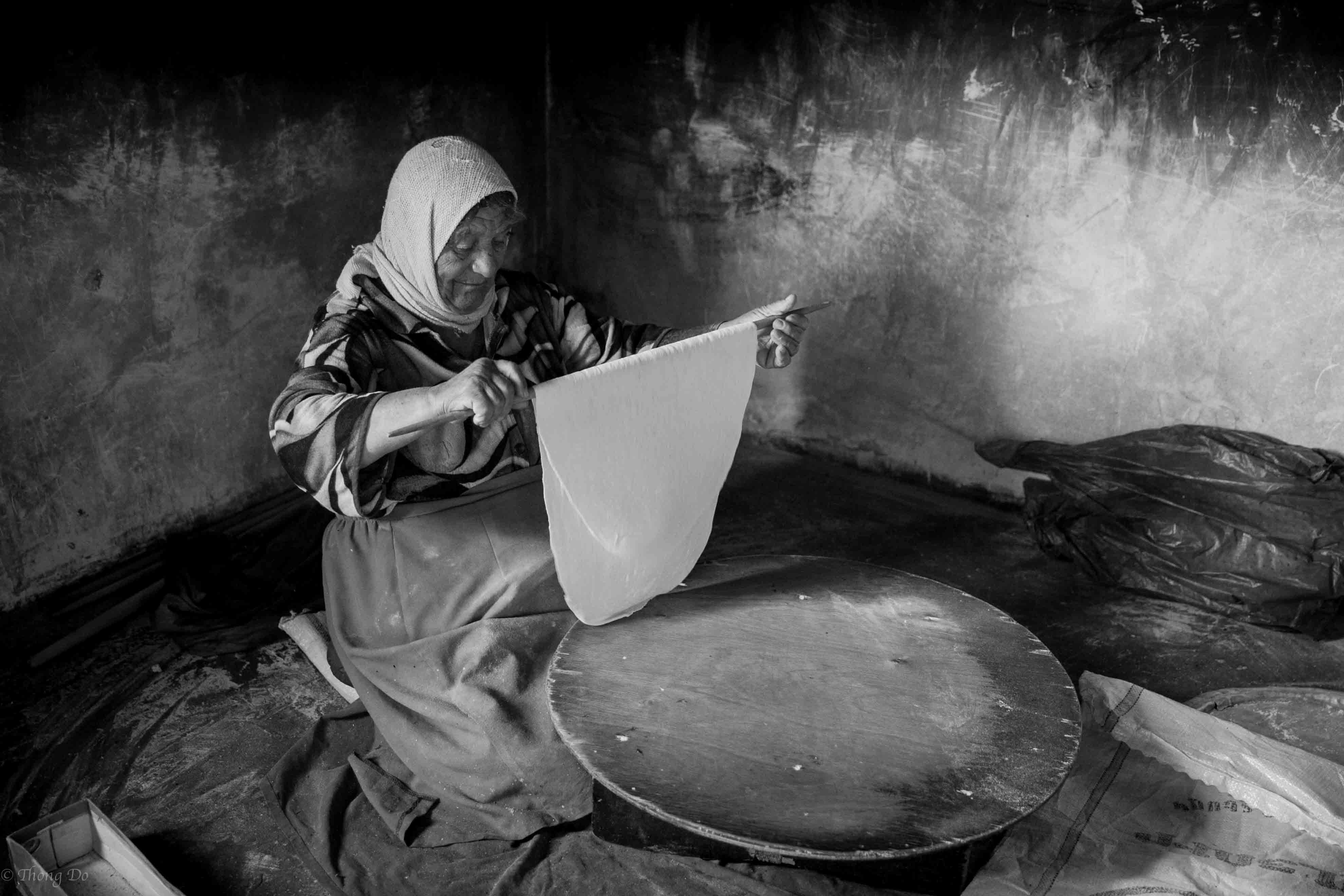
The traditional lavash bakery was less than a 5-minute walk from my host family’s house. The bakery was located in the back of someone’s residence and consisted of two rooms. The first was a mixing room where all the ingredients were put together and stored until ready to be shaped and baked. The second room consisted of a brick oven in the center of the room and operated by a 3 station baking crew. The baking crew was all women of various ages and had many decades of experience between them. One of the quick observations I first noticed was that they did all the preparations on the brick floor. Each lady sits on a cushion at their station, but upon closer look, there is a hole in the ground at each station for their feet and comfort to maneuver around. The other thing I noticed was that when you look at the walls you see they are layered in smoke. You don’t notice any smells except the warm lavash cooling down too.
The first station is located on the right hand side when you walk in and is operated by the youngest of the ladies. Her name is Nareene and it’s her job to get the pile of dough and roll it into a perfect circle. She quickly rolls it out on her rolling board and then throws it to the rolling board at the second station. Dareeko, the oldest of the three ladies is in her mid 70s, and at her station she takes the perfect circle of flour and with just a simple wooden rod she rolls and shapes the perfect circle into a long rectangular shape. The final shape of the lavash is roughly 1.25 feet by 3.5 feet. From here, the wooden rod with the lavash on it is handed to the third and final station. Ano, has the most important job of the three, it’s up to Ano to place the lavash in the oven and ensure it’s thoroughly baked with the right amount of char on it.
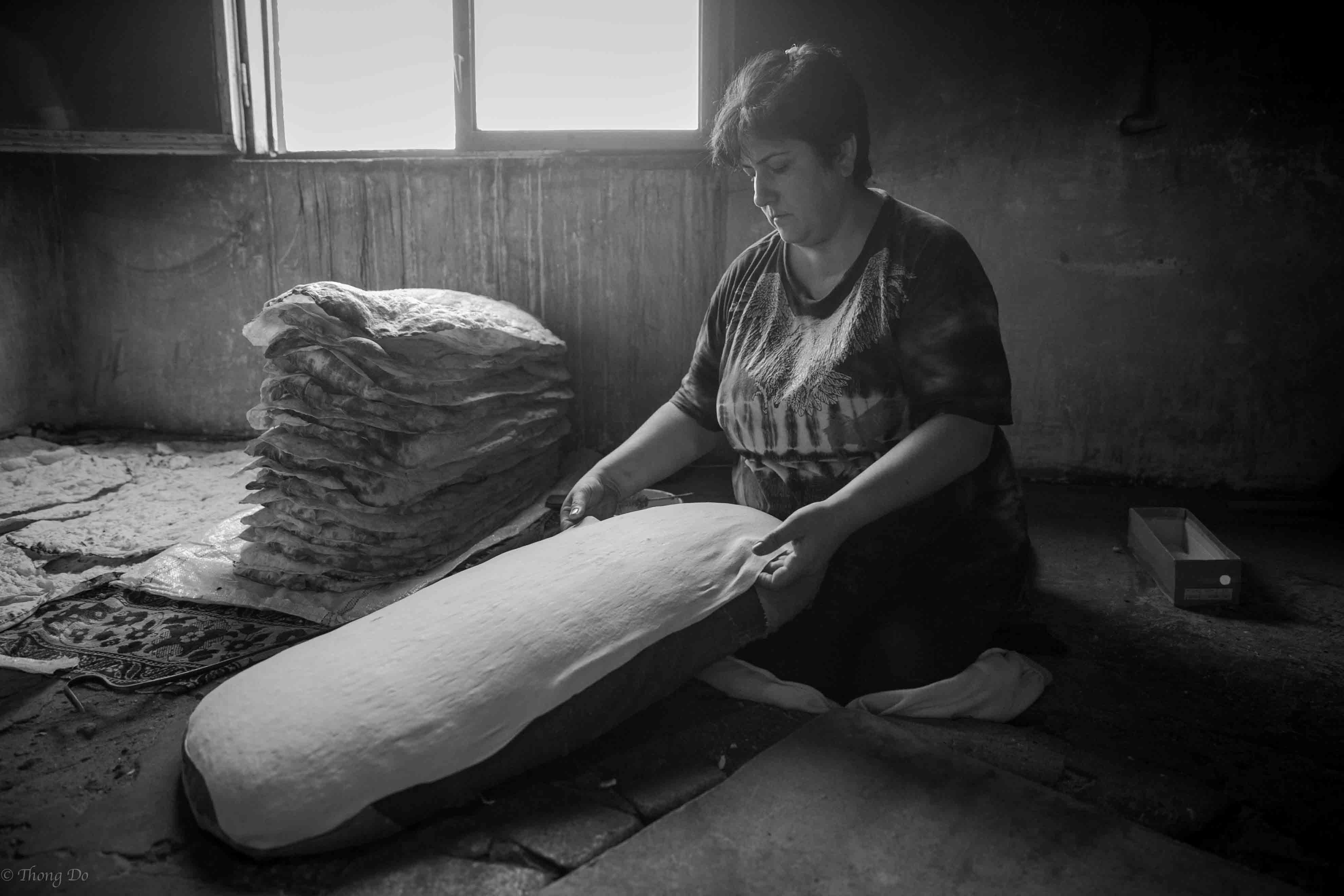

When Ano receives the lavash from Dareeko, she places it on this rectangular cushion and stretches the lavash to make it fit accordingly. On the back of the cushion is a small handle and it’s almost like holding a shield. Dareeko then sprinkles some water on it and then leans over the brick oven and sticks the lavash to the brick wall. Slowly, you can see bubbles start to form on the lavash and within minutes it is perfectly cooked and then she uses a medal rod with a hook at the end to grab the lavash out of the brick oven then places it on the nearby carpet to cool down. This process is repeated over and over again.

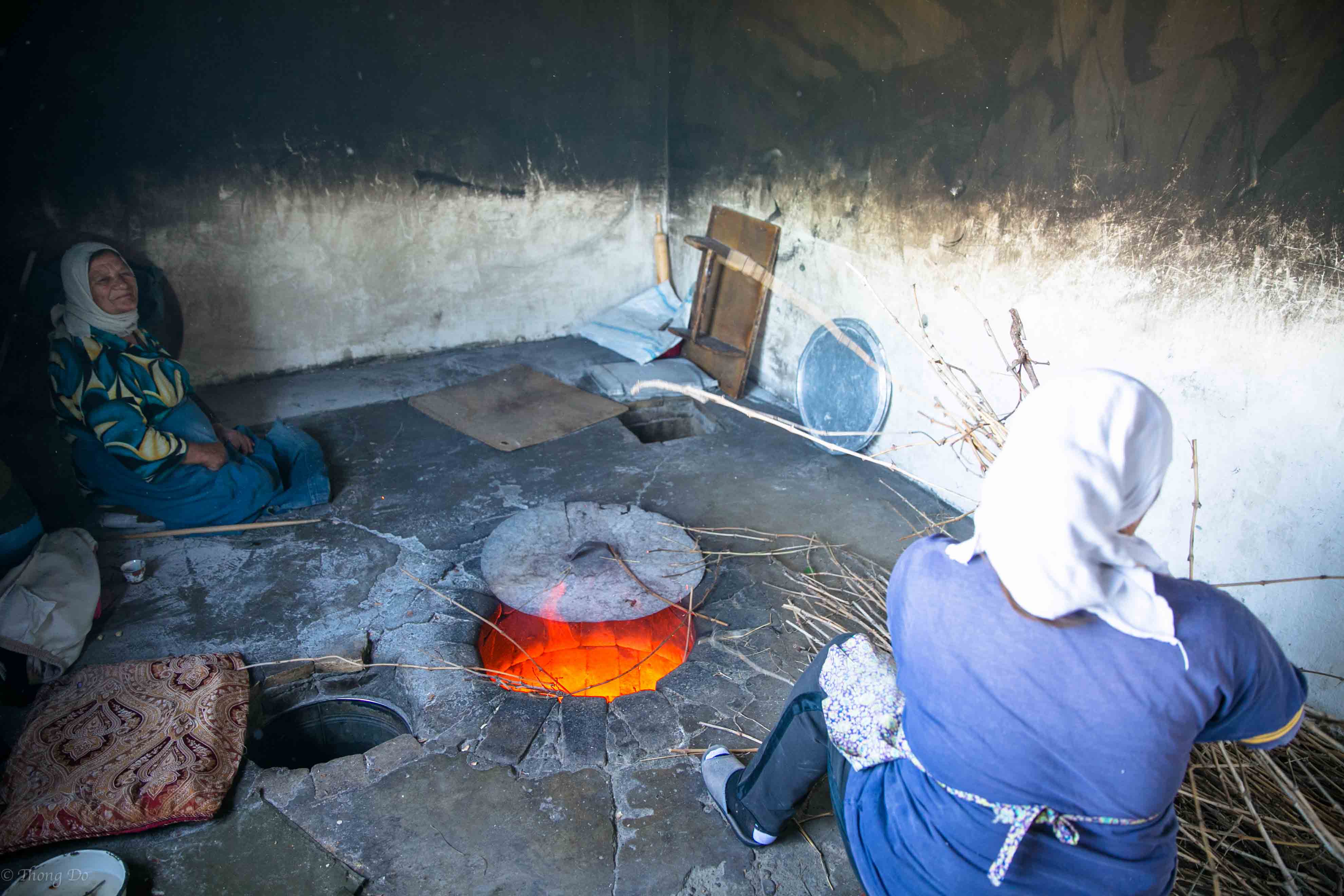
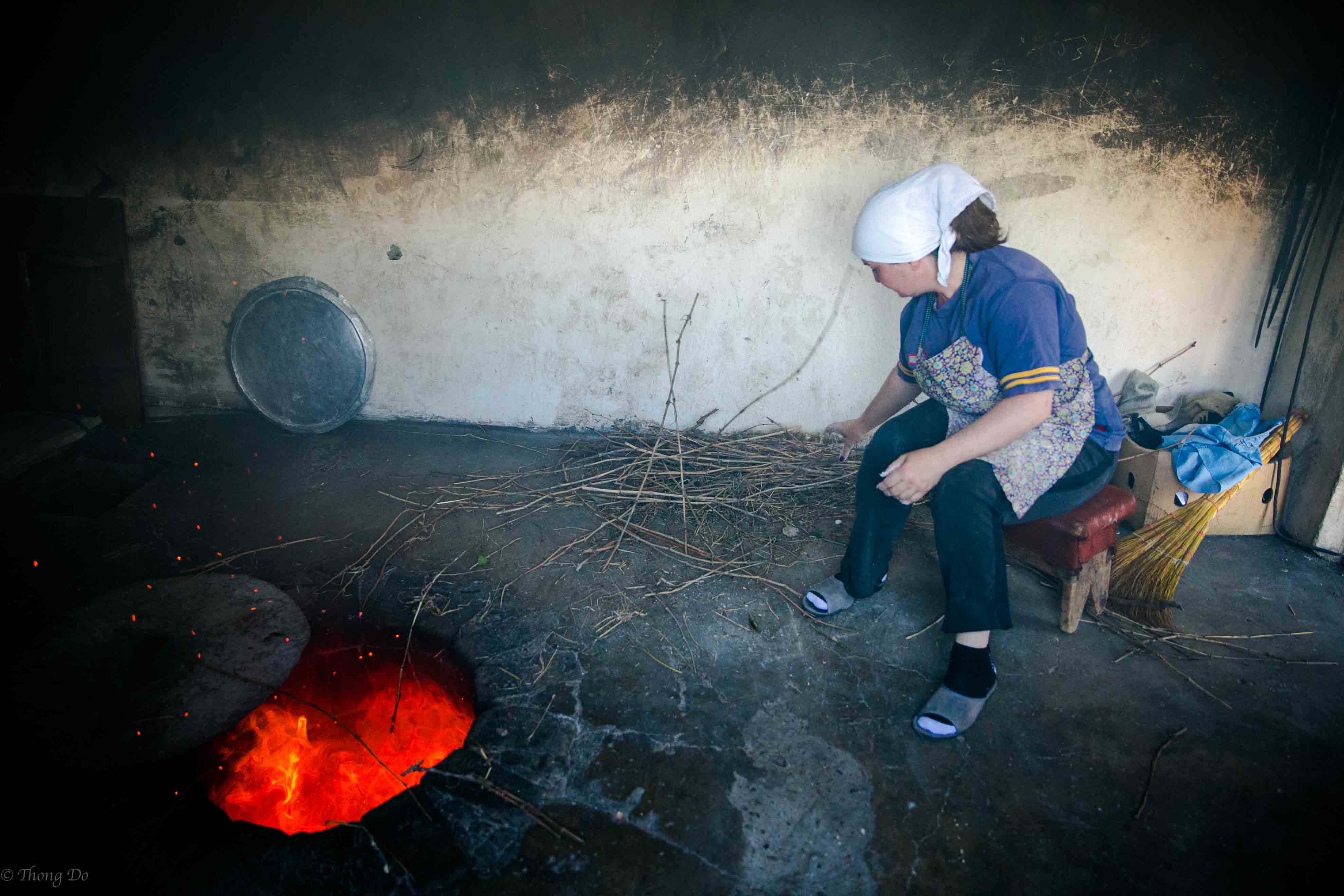
The only time for a break is when it’s time to reheat the brick oven. Bundles of dried branches are in the backyard and brought inside. Slowly, the fire is fed and it doesn’t take long for the entire room to fill up with smoke. There’s a tiny ventilation shaft in the ceiling but it doesn’t seem to move out quickly enough. I can only handle being in there for a few minutes before I have to take step outside. I even offer to help tend to the oven too so the ladies can really enjoy their coffee.
Depending on the size of their order they can produce up to hundreds of lavash per day. Winter is the busiest time for them as there are many celebrations taking place and most people prefer to have lavash made the traditional way. The ladies are a great joy to talk to and it’s such a pleasure to hear about their lives. The work is hard and even though I’ve just spent a couple of hours with them, I can tell how much effort goes into preparation. Their days begin very early in the morning and the work is not finished until the orders are completed. Happy travels.
